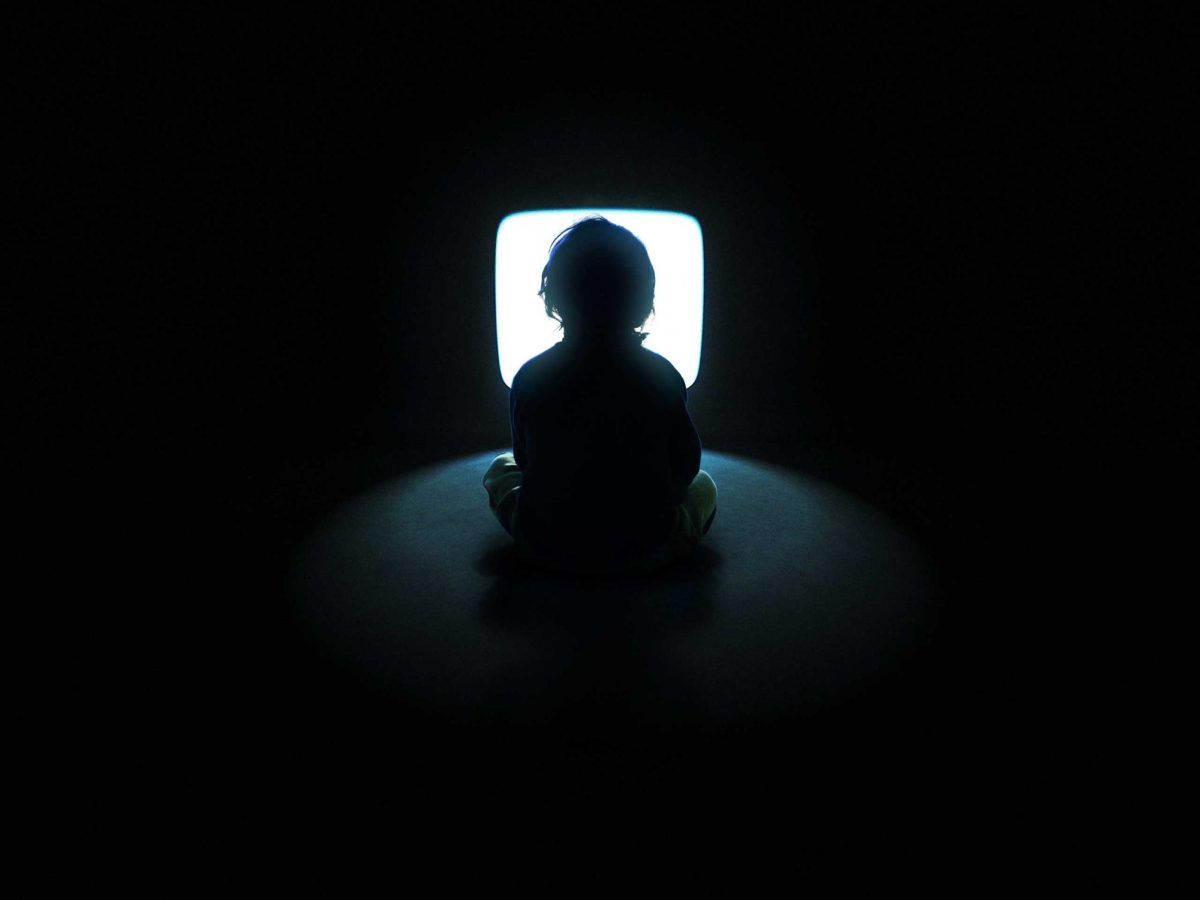As night falls in the Western Hemisphere, the bright full moon rises to its peak. However, this moon is different. At about 11:30 pm Pacific Time, an eerie orange glow starts illuminating the bottom of the Moon. Over the next hour, the moon is slowly swallowed by this glow, forming a phenomenon more commonly called the “Blood Moon”, otherwise known as a total lunar eclipse.
This eclipse took place on March 13th, 2025. It was visible in North America, South America, Western Europe, Africa, Eastern Russia, Australia, and the northern part of Japan. Lunar eclipses only occur once or twice every year, and are not always visible from certain locations.
Eclipses like these happen when the Earth is lined up between the Sun and the Moon, as the Earth’s shadow falls on the Moon. Then, the sunlight refracts through the Earth’s atmosphere, casting a red-orange light that resembles the color of blood. For this to happen, the Earth, Moon, and Sun need to align perfectly, which is why the event is incredibly infrequent.
Due to the lack of knowledge about the universe, for centuries, people believed that this rare phenomenon was some sort of bad omen. Ancient Mesopotamian civilizations saw it as a direct attack on their king. During the Blood Moon’s time, they would appoint a fake or substitute king while the real king hid. Both the Greeks and the Romans thought that the red Moon was tied to unfortunate events such as the loss of a battle or the death of a king. They believed that when the Moon turned red, the Gods were angry with them. The word “eclipse” actually comes from the Greek word “ekleipsis,” meaning “abandonment” and “forsaking”. They would perform rituals and sacrifices to protect themselves and bring back the moonlight. To the Incas and Aztecs, the Moon appeared to be attacked by a jaguar. They would try to scare it away by making loud noises. Other Native American groups thought that the Moon was injured during an eclipse.
In Hinduism, they believed that the Demon Rahu swallowed the moon, symbolizing the battle between darkness and light, and aligned with the holiday of Holi. In Islamic beliefs, the lunar eclipse was not as significant a sign as in other religions. However, it was still a display of Allah’s power and encouragement to pray.
No matter what, the lunar eclipse is a fascinating event that people from all over the world can observe. The next total eclipse will be between September 7th and 8th, 2025. It will be visible in totality in the Pacific, Australia, and parts of Asia. Astronomy enthusiasts are hyped for this upcoming spectacle, and scientists are confident that it won’t disappoint.
Sources:























